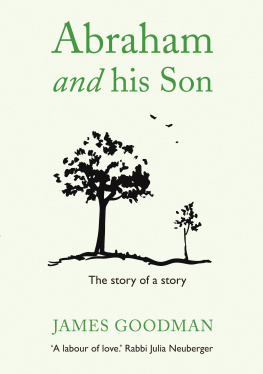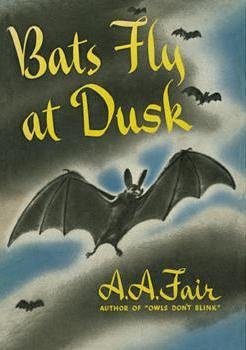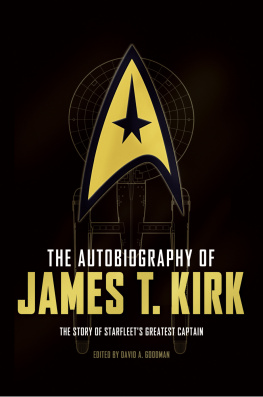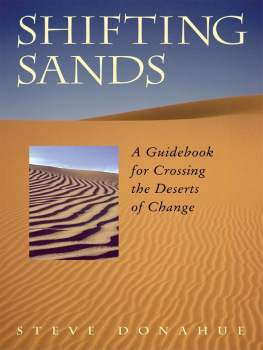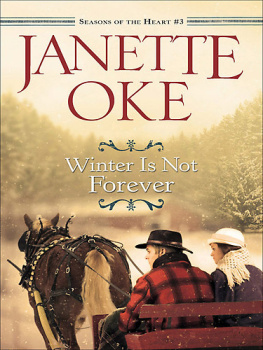Scotland.
All rights reserved.
No part of this publication may be reproduced, stored or transmitted in any form without the express written permission of the publisher.
First published in the United States by Schocken Books, a division of Random House, Inc., New York, and in Canada by Random House of Canada, Limited, Toronto.
The moral right of James Goodman to be recognised as the author of this work has been asserted in accordance with the Copyright, Design and Patent Act, 1988.
The publisher acknowledges support from Creative Scotland towards publication of this volume.
Ebook by Iolaire Typesetting, Newtonmore.
Publisher's Note
The roads a book might take from author to reader are many and various. James Goodmans account of how a story has travelled through time, continuously active and continuously relevant, was already published in America when I visited the desk of his agent in the crowded International Rights Hall at Frankfurt Book Fair.
Its subject matter, the story of Abraham and Isaac (Ishmael to Muslims), meaning not so much the father and son as the history of the story itself, was esoteric to say the least. The problems for us were how to identify something so sui generis, whether as myth or history, apologia or page-turning narrative, and how to find its likely readership.
The culture I spring from is rather sceptical of authority, almost by definition, with a ready willingness to lampoon that we, generally, get away with in our robust democracy. At least, people do not usually lose their lives over such matters. Here are the four words that spring into my mind: trust, fear, authority, obedience. Trust and authority are inextricable since trust is authority. Otherwise obedience is based on fear. When Authority gets its capital A and becomes a person, or an institution, or a committee, hierarchy is introduced and resistance and scepticism are likely to follow.
To modern Western minds, that mistrust of Authority is healthy, but the story of Abraham and his son assumes an unquestioning and complete faith in the authority of God. In this light the story takes on mythic qualities, describing the many ramifications of an essential part of human nature. Ramifications that include the sons unquestioning trust of his earthly father and, by extension, of a given order.
James Goodman digs considerably deeper. As a secular Jew, he writes from a particular mindset with a view to reaching across certain hard, religious boundaries. To widen the spectrum of questioning and invite further comment I asked four individuals, all committed to their faiths, who also write and publish widely, to read the book and give a short response. They are:
Finlay Macdonald, minister and former Moderator of the Church of Scotland, Chair of the Iona Cathedral Trust, who has written questioningly of the Churchs attitude to gay clergy and of the modern, Scottish, meeting with Islam in his books Luke Paul and Luke Paul and the Mosque.
Rabbi Julia Neuberger, who as Baroness Neuberger is a member of the British House of Lords and author of many books including Is That All There Is: thoughts on the meaning of life and leaving a legacy.
Qaisra Shahraz, a Muslim who is an educationalist, consultant, teacher trainer and inspector, trustee of Manchester Multi-faith Centre, as well as the author of three novels and a collection of short stories, the most recent being Revolt.
Ian Wilson is a Roman Catholic convert now living in Australia. Recognised as an expert on the Turin Shroud he is the author of many books including Murder at Golgotha, Jesus: the evidence, and The Shroud of Turin.
I am very grateful to all four for their participation and happy to record my thanks here.
After all this, the scene is set for the reader to enter history with James Goodman. To enter also: mythology, tradition, violence and belief. To trace the effect of only a few lines in an old book on generations of humanity whether for good or ill. To peer into the common heart of Judaism, Christianity and Islam. It is an extraordinary tale, and Abraham and his Son is an extraordinary achievement. To understand this story is to understand a difficult part of what we are. Whether that part is the best of us or the worst is for the reader to determine.
Robert Davidson
Sandstone Press
Highland Scotland
9th September 2014
This is an absorbing book. It explores the ancient story of Abrahams readiness to sacrifice his son in apparent obedience to Gods command, and shows how it has been interpreted, re-interpreted, argued about, understood, misunderstood, applied and misapplied over the last three millennia. We are directed to a rich seam of Jewish, Christian and Islamic commentary and the thinking of philosophers such as Spinoza, Kierkegaard, Kant and Buber; we are guided through the paintings of Caravaggio, Rembrandt, Domenichino and examine Donatellos early fifteenth century marble statue; in further rich seams we explore the part played by the story in literature, music and drama from the English Mystery Plays to contemporary Israeli literature.
Some of the books most moving sections consider the role of the story in the Crusades and the Holocaust, and the concluding chapters come right up to date with references to the post 9/11 war on terror. Particularly chilling is an account of a young Iraqi man found to have been co-operating with the US led invasion. The tribal elders gave his father a choice. Kill your son or we will kill your entire family. Paralleling this we hear of an American anti-war protester challenging pro-war congressmen, asking if they would sacrifice a child for Falujah, a place they had not heard of before 2004.
In eighteenth century Scotland it was frowned upon if preachers changed their text too often. The suspicion was that they werent squeezing every ounce of Gospel truth out of it, so one Bible verse could keep a minister going for up to year, and these were not short sermons.
I thought of this as I read James Goodmans book. I also thought that it will undoubtedly make a better read than those sermons.
Finlay A J Macdonald
James Goodman makes the reader realise that the story of Abrahams binding of Isaac has been interpreted and reinterpreted throughout the centuries, and used to justify a whole variety of theological positions in at least three faiths. He tells the story of its interpretation most engagingly, and we learn a lot about the story and the editing of the Torah in the process and also a good deal about James Goodman himself, who has done this as a labour of love, and has allowed others into the world of commentary who would never have got there otherwise.

